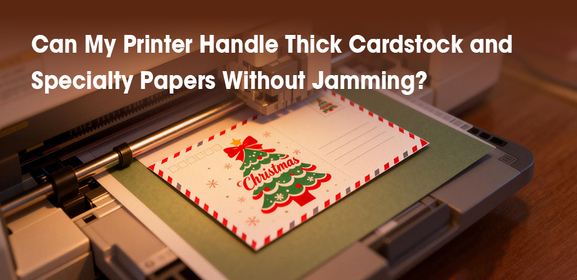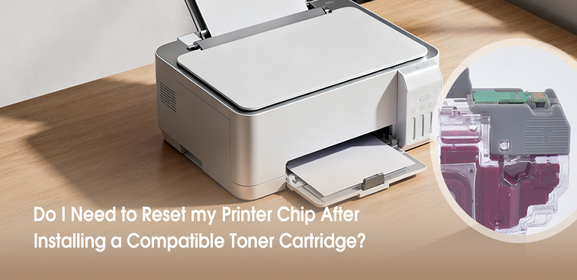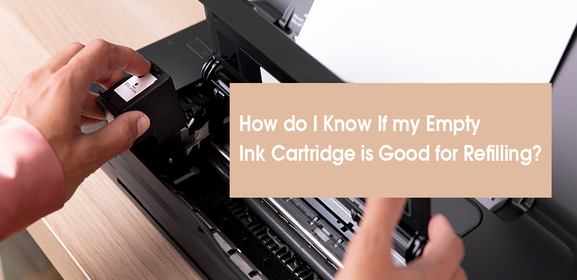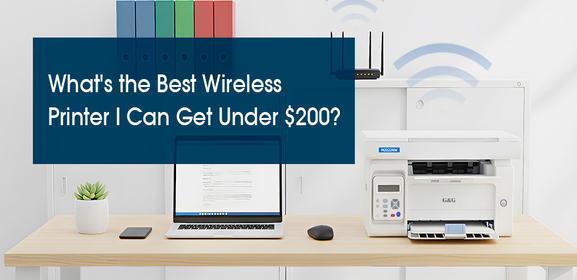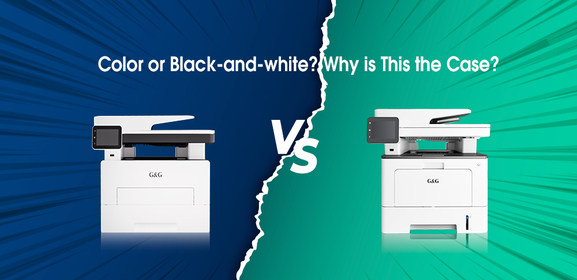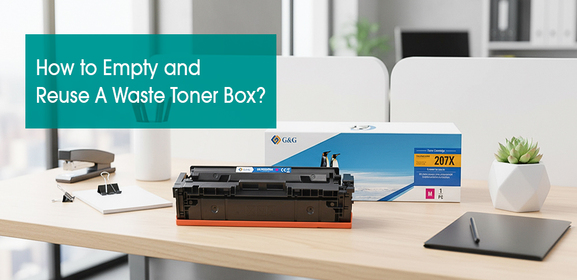-
Consumables
- Printers
- Industries
- Innovation
-
Partners
G&G Partner ProgramCo-Innovating Tomorrow Read More >
- About Us
-
Contact Us
Effective inventory management is crucial for any successful business. Using label printers can make your processes smoother, reduce mistakes, and save time. It doesn't matter if you're using basic barcode labels or custom inventory tags - here's a straightforward way to improve your workflow with practical helpers and methods.
Selecting the ideal inventory label printer depends on your business needs.
For small businesses or mobile operations, a portable barcode label printer offers flexibility and on-the-go printing, ideal for warehouses or retail environments where space is limited. For high-volume demands, industrial-grade barcode label printers provide durability and speed, handling large batches of inventory barcode labels without downtime. Desktop label printers balance affordability and functionality, making them suitable for offices or small-scale inventory systems.
Ensure your printer supports thermal transfer or direct thermal technology for long-lasting labels, especially in harsh environments.
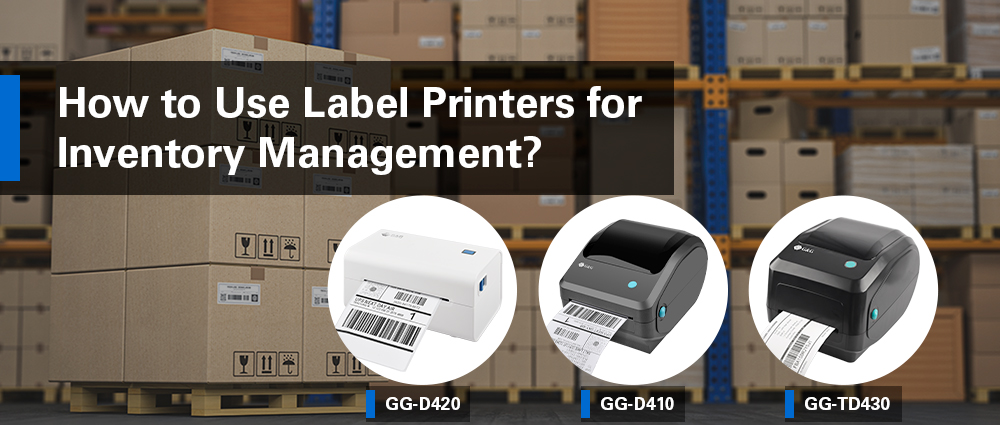
G&G’s Top Recommendations
For efficient inventory label printing, G&G recommends 3 models that are tailored to your requirements:
GG-D420 Desktop Barcode Printer: compact and portable design fits tight desks
GG-D410 Desktop Barcode Printer: Wi-Fi connectivity for warehouse printing
GG-TD430 Desktop Thermal Transfer Barcode Printer: ink-free, low-maintenance and cut long-term costs for high-volume printing
All three are easy to use, read various bar code formats and come with a free app. Just pick a format, type your address, and press print – a label done in a few seconds.
Good inventory management needs clear systems. Using your label printer the right way can save time and cut mistakes. Here are simple steps to make it work:
1. Create Clear, Easy-to-Scan Labels
A robust inventory labeling system starts with clear, scannable labels. Use inventory label maker software to design labels with essential details: product SKUs, batch numbers, and expiration dates. Follow these tips:
Pick common barcode types like Code 128 or QR codes.
Keep it simple: Don’t add too much text or big logos. Make sure barcodes are big enough for scanners.
Test your labels with different scanners or phone apps to check if they work.
If your items stay outdoors or get wet, use waterproof labels so they don’t fade or peel.
2. Print and Stick Labels the Same Way Every Time
Do things the same way to avoid mistakes:
Use templates so all labels look identical.
Print a test label first. Scan it to make sure it works.
Stick labels on flat, clean spots—not on curved surfaces or seams.
Clean your printer’s print head often and replace ink/paper to stop smudges. For big jobs, use heavy-duty printers like GG-TD430—they’re faster and durable.
3. Add Simple Automation
Even without fancy software, you can save time:
Pull data (like SKUs) from your inventory list into a spreadsheet.
Use Excel’s “mail merge” to fill labels automatically.
Hit print and get a whole batch done fast.
Adopting these strategies reduces manual errors by up to 90%, accelerates stock audits, and improves traceability. Businesses also gain flexibility to scale operations while maintaining compliance with standards.
By adjusting label design and printing protocols, your label printer will become a cornerstone of efficient inventory management.
